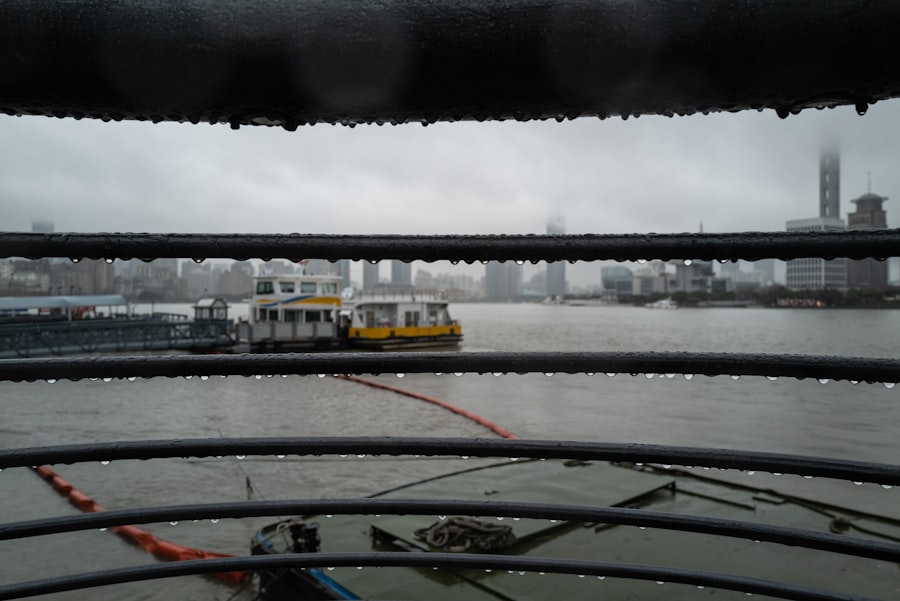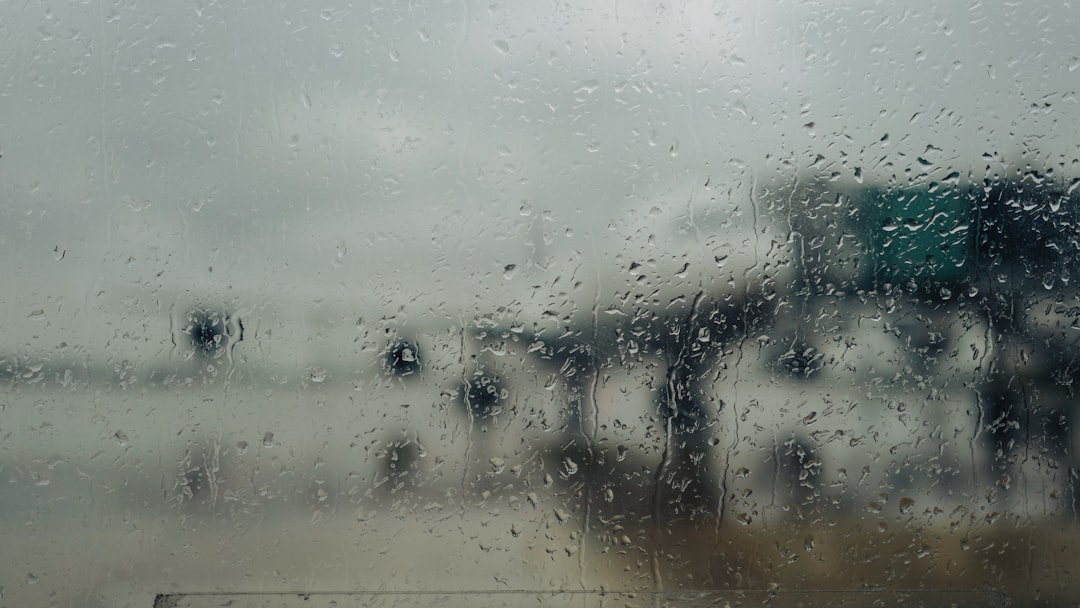The Drake Passage, a body of water that separates South America from Antarctica, is renowned for its tumultuous seas and unpredictable weather. Stretching approximately 600 miles, this passage is often considered one of the most challenging maritime routes in the world. It serves as a critical gateway for vessels traveling to and from the Antarctic region, making it a focal point for adventurers, researchers, and tourists alike.
The passage is named after the English explorer Sir Francis Drake, who navigated these waters in the late 16th century. Today, it remains a testament to the raw power of nature, drawing those who seek to experience its beauty and ferocity. Navigating the Drake Passage is not merely a journey; it is an experience that tests the mettle of even the most seasoned sailors.
The waters are known for their strong currents and high waves, which can create a sense of awe and trepidation among travelers. As one of the last frontiers on Earth, the Drake Passage offers a unique opportunity to witness the convergence of two major ocean currents: the Antarctic Circumpolar Current and the South Atlantic Current. This confluence not only contributes to the passage’s notorious weather patterns but also supports a rich marine ecosystem that thrives in its depths.
Key Takeaways
- Drake Passage is a treacherous body of water between South America’s Cape Horn and the South Shetland Islands of Antarctica, known for its unpredictable weather and rough seas.
- Historical weather patterns in December show that the passage experiences strong winds, high waves, and rapidly changing conditions, making it a challenging route for travelers.
- Temperature and climate variability in December can range from freezing cold to relatively mild, with the potential for snow, sleet, and rain.
- Wind and sea conditions in December can be extreme, with gale-force winds and rough seas, making it essential for travelers to be prepared for rough sailing.
- Wildlife sightings in December can include various species of whales, seals, and seabirds, offering unique opportunities for wildlife enthusiasts.
Historical Weather Patterns in December
December marks the beginning of summer in the Southern Hemisphere, bringing with it a shift in weather patterns across the Drake Passage. Historically, this month has been characterized by milder temperatures and increased daylight hours, making it an appealing time for travelers venturing toward Antarctica. The average temperature during December can range from 30°F to 50°F (-1°C to 10°C), depending on proximity to land and prevailing weather systems.
This seasonal warmth attracts a variety of wildlife and enhances visibility for those hoping to witness the stunning landscapes of the Antarctic Peninsula. However, despite the generally favorable conditions, December weather in the Drake Passage can still be unpredictable. Sudden storms can arise without warning, leading to rough seas and challenging navigation.
Historical data indicates that while December may offer more stable weather than other months, travelers should remain vigilant and prepared for rapid changes. Understanding these historical weather patterns is crucial for anyone planning a journey through this remarkable yet formidable passage.
Temperature and Climate Variability

The temperature in the Drake Passage during December exhibits significant variability, influenced by a range of factors including ocean currents, atmospheric conditions, and geographical features. As summer progresses, temperatures tend to rise, but fluctuations can occur due to cold fronts moving in from Antarctica or warm air masses from the north. This variability can lead to a mix of conditions within a single day, where travelers might experience sunshine followed by rain or even snow flurries.
Climate variability in this region is also affected by larger global patterns such as El Niño and La Niña, which can alter ocean temperatures and wind patterns. These phenomena can result in either warmer or cooler conditions than what is typically expected for December. For travelers, this means that while they may anticipate mild weather, they should be prepared for unexpected shifts that could impact their experience on the water.
Wind and Sea Conditions
| Location | Wind Speed (mph) | Wave Height (ft) | Water Temperature (°F) |
|---|---|---|---|
| Beach A | 15 | 4 | 72 |
| Beach B | 10 | 3 | 68 |
| Beach C | 20 | 6 | 75 |
Wind and sea conditions in the Drake Passage are notoriously volatile, contributing to its reputation as one of the most challenging maritime routes. During December, winds can vary significantly in strength and direction, often reaching speeds of 30 knots or more. These winds can create steep waves that make navigation difficult and can lead to discomfort for those aboard vessels traversing the passage.
Understanding these conditions is essential for ensuring safety and comfort during travel. The sea state in December can range from relatively calm to extremely rough, depending on prevailing weather systems. While some days may offer smooth sailing, others can present formidable challenges with towering waves and turbulent waters.
Mariners must remain vigilant and adaptable, as conditions can change rapidly. For travelers planning to cross the Drake Passage during this month, it is advisable to stay informed about weather forecasts and be prepared for a range of sea conditions.
Wildlife Sightings
One of the most enchanting aspects of traveling through the Drake Passage in December is the opportunity to witness an array of wildlife that thrives in this unique environment. As summer unfolds in Antarctica, various species of seabirds, seals, and whales become more active and visible. Travelers may encounter majestic albatrosses gliding gracefully above the waves or playful seals basking on ice floes.
The rich marine life is a testament to the ecological significance of this region. Whale sightings are particularly common during December as several species migrate through these waters. Humpback whales, orcas, and minke whales are often spotted breaching or feeding in the nutrient-rich waters of the passage.
For wildlife enthusiasts, this time of year offers an unparalleled opportunity to observe these magnificent creatures in their natural habitat. The combination of favorable weather conditions and abundant wildlife makes December an ideal month for those seeking an immersive experience in one of Earth’s last great wildernesses.
Safety Precautions for Travelers

Traveling through the Drake Passage requires careful planning and adherence to safety precautions due to its unpredictable nature. First and foremost, travelers should choose reputable tour operators with experience navigating these waters. These operators typically have well-trained crews who are familiar with local conditions and equipped to handle emergencies should they arise.
Additionally, travelers should familiarize themselves with safety protocols onboard their vessels, including life jacket usage and emergency procedures.
Sudden changes in weather can impact sea conditions dramatically, so being prepared for potential rough seas is crucial.
Packing appropriate gear such as waterproof clothing, sturdy footwear, and motion sickness medication can enhance comfort and safety during travel. By taking these precautions seriously, travelers can enjoy their adventure through the Drake Passage with greater peace of mind.
Packing Tips for December Weather
Packing for a trip through the Drake Passage in December requires careful consideration of the region’s variable weather conditions. Layering is key; travelers should bring a combination of thermal base layers, insulating mid-layers, and waterproof outer layers to adapt to changing temperatures throughout the day. A good-quality waterproof jacket is essential for protection against rain or spray from waves.
In addition to clothing, travelers should consider packing accessories that enhance comfort during their journey. Warm hats, gloves, and scarves are important for keeping extremities warm during chilly moments on deck. Sturdy footwear with good grip is also advisable for navigating wet surfaces aboard vessels or when exploring landings on islands along the way.
Binoculars are a valuable addition for wildlife watching, allowing travelers to spot distant animals without disturbing them.
Activities and Excursions
December offers a wealth of activities and excursions for travelers navigating the Drake Passage and its surrounding areas. Many tour operators provide opportunities for guided excursions onto the Antarctic Peninsula itself, where visitors can explore stunning landscapes filled with glaciers and icebergs. These excursions often include opportunities for hiking or snowshoeing on land, allowing travelers to immerse themselves in the breathtaking scenery.
In addition to land-based activities, many vessels offer onboard programs that enhance the travel experience. Educational lectures led by experts in marine biology or glaciology provide insights into the unique ecosystems encountered along the journey. Photography workshops may also be available for those looking to capture stunning images of wildlife and landscapes.
These activities not only enrich the travel experience but also foster a deeper appreciation for this remote part of the world.
Best Times to Visit
While December is an excellent time to visit the Drake Passage due to its milder weather and abundant wildlife sightings, it is important to consider other factors when planning a trip. The peak tourist season typically runs from late November through early March when temperatures are at their warmest and daylight hours are longest. During this period, travelers can expect more frequent excursions and activities tailored to enhance their experience.
For instance, late November may provide opportunities for early-season wildlife sightings as animals begin their summer activities. Conversely, February often sees increased whale activity as many species are more active during this time.
Ultimately, choosing the best time to visit depends on individual preferences regarding wildlife encounters, weather conditions, and available activities.
Expert Advice for Navigating December Weather
Experts recommend that travelers remain flexible when navigating December weather in the Drake Passage. Given its unpredictable nature, having contingency plans in place can help mitigate any disruptions caused by sudden changes in conditions. Staying informed about weather forecasts through reliable sources allows travelers to make informed decisions about their itinerary.
Additionally, engaging with experienced crew members aboard vessels can provide valuable insights into current conditions and safety measures. They often have firsthand knowledge of how weather patterns may affect travel plans and can offer advice on how best to enjoy the journey despite any challenges that may arise. By heeding expert advice and remaining adaptable, travelers can maximize their enjoyment while traversing this remarkable passage.
Conclusion and Final Recommendations
In conclusion, traversing the Drake Passage in December presents an extraordinary opportunity for adventure seekers eager to explore one of Earth’s most remote regions. With its unique blend of historical significance, diverse wildlife sightings, and breathtaking landscapes, this journey promises unforgettable experiences for those willing to embrace its challenges. Travelers should prioritize safety by choosing reputable operators, staying informed about weather conditions, and packing appropriately for variable climates.
Ultimately, preparation is key to enjoying all that the Drake Passage has to offer during this vibrant month of December. By following expert advice and remaining flexible in their plans, adventurers can navigate this remarkable waterway with confidence while creating lasting memories amidst its stunning natural beauty.
The Drake Passage, known for its unpredictable and often harsh weather conditions, presents a unique challenge for sailors and adventurers, especially in December when the Southern Hemisphere is transitioning into summer. During this time, the passage can experience a mix of calm seas and violent storms, making it crucial for travelers to be well-prepared. For those interested in learning more about navigating this treacherous stretch of water, an insightful article on the topic can be found on MyGeoQuest. This article provides valuable information on the weather patterns and tips for safely crossing the Drake Passage. You can read more about it by visiting
